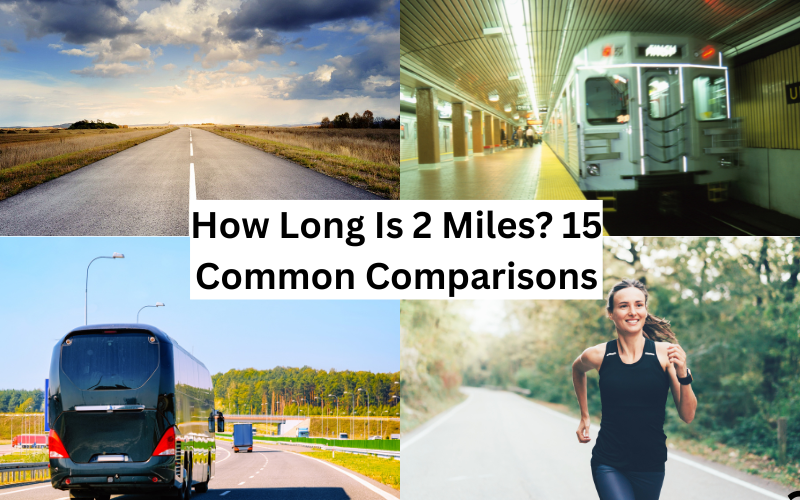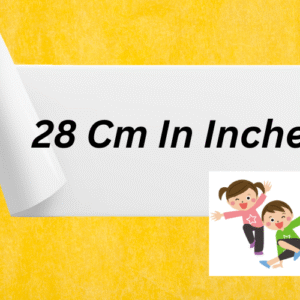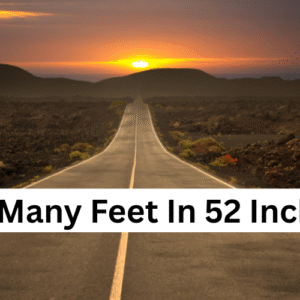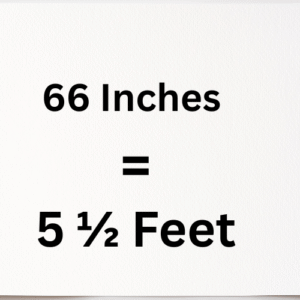Understanding the distance of 2 miles can be made more relatable by comparing it to everyday scenarios, landmarks, and activities. A mile equals 5,280 feet, so 2 miles is 10,560 feet or approximately 3.218 kilometers. This article explores what 2 miles represents through 15 common comparisons, covering physical distances, time to travel, and practical contexts. Each comparison provides a vivid perspective on this distance, whether in urban settings, nature, sports, or daily life. Additionally, we’ll examine how long it takes to cover 2 miles by various means and include informative tables to summarize key data.
Understanding 2 Miles: The Basics
A mile, rooted in the Roman “mille passus” (thousand paces), is standardized in the U.S. as 5,280 feet. Thus, 2 miles equals 10,560 feet, 3,520 yards, or 3.218 kilometers. This distance is significant yet manageable, often encountered in commuting, fitness, or navigation. The time to cover 2 miles varies by method: walking at 3 mph takes about 40 minutes, running at 6 mph takes 20 minutes, cycling at 15 mph takes 8 minutes, and driving at 25 mph takes roughly 6–8 minutes, including stops. These benchmarks set the stage for the comparisons below, which anchor 2 miles in relatable contexts.
| Unit | 2 Miles Equivalent |
| Feet | 10,560 feet |
| Yards | 3,520 yards |
| Kilometers | 3.218 kilometers |
| Meters | 3,218 meters |
1. City Blocks in New York City
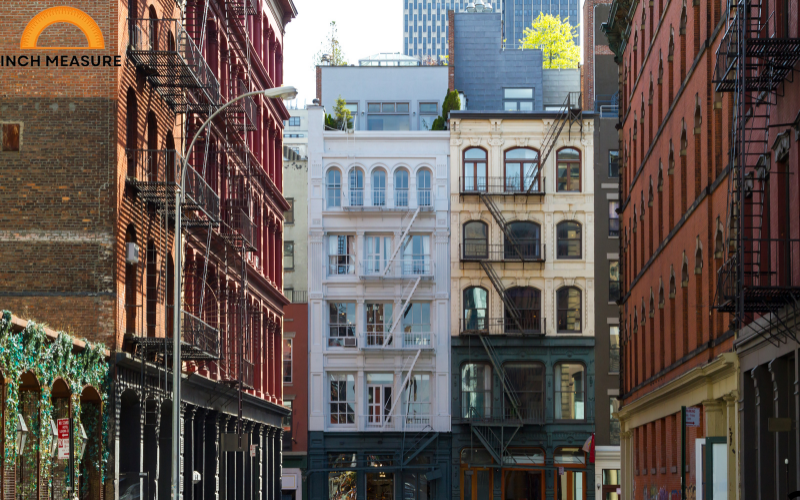
In a bustling city like New York, 2 miles translates to about 20–30 city blocks, as Manhattan’s north-south blocks are roughly 1/20th of a mile long (264 feet). Walking from Times Square to the southern edge of Central Park covers approximately 2 miles. This distance feels tangible in an urban grid, where pedestrians navigate traffic lights and crowds. At a casual walking pace of 3 mph, this takes about 40 minutes, though stoplights may add 5–10 minutes. For residents, 2 miles often defines a neighborhood radius, encompassing local shops, cafes, or subway stations. Cyclists can cover this in 8–12 minutes, making it a quick commute. In contrast, driving 2 miles in Manhattan’s traffic might take 10–15 minutes due to congestion. This comparison highlights how 2 miles is a practical distance for urban exploration, whether on foot, bike, or car, and underscores the density of city life where landmarks are closely packed within this range.
2. A Short Hike in a National Park

In a national park, 2 miles often represents a segment of a hiking trail. For example, in Yosemite, the trail to Mirror Lake is about 2 miles round trip. Hiking at 2–3 mph, this takes 40–60 minutes, depending on terrain and elevation. Trails may include uneven paths, rocks, or inclines, making the journey feel longer than a city walk. For instance, a 2-mile hike with a 500-foot elevation gain burns approximately 300–400 calories, appealing to casual hikers. This distance is ideal for beginners, offering scenic views without overwhelming effort. In contrast, driving 2 miles in a park might take 3–5 minutes on access roads. The 2-mile mark often appears on trail maps as a checkpoint, such as the distance to a waterfall or viewpoint. This comparison shows how 2 miles in nature provides a meaningful outdoor experience, balancing accessibility with adventure, and highlights the physical and mental benefits of covering this distance on foot.
3. Running Track Laps
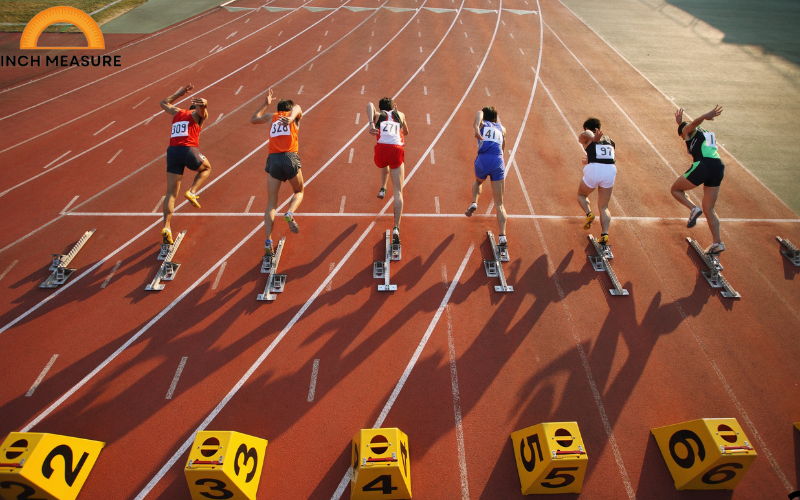
In track and field, 2 miles is a standard race distance, especially in high school and collegiate meets. On a 400-meter track, 1 mile is roughly 4 laps (1,609 meters), so 2 miles equals about 8 laps. An elite high school runner might complete this in 8–9 minutes (12–13.5 mph), while an average runner takes 10–12 minutes (10–12 mph). For beginners, a 2-mile run at 6 mph takes 20 minutes. This distance is a fitness benchmark, testing endurance and speed. For example, the U.S. Army requires soldiers to run 2 miles within 15:54 (men, aged 17–21). Training for a 2-mile race involves building stamina over weeks, often part of programs like Couch to 5K. On a track, 2 miles feels structured, with each lap marking progress. This comparison illustrates how 2 miles is a significant yet achievable goal in sports, offering a clear measure of athletic performance.
4. Commuting to a Local School

For many families, 2 miles is the distance from home to a local school, often qualifying students for walking or biking programs. Walking at 3 mph, a child or parent covers this in 40 minutes, promoting physical activity. Biking at 10 mph takes 12 minutes, a quick and eco-friendly option. Driving 2 miles, with a 25 mph speed limit and stops, takes 6–8 minutes. In suburban areas, this distance might span a few residential streets or a small community. School districts often set a 2-mile radius for bus eligibility, making this a practical benchmark. For example, a 2-mile walk to school burns about 150–200 calories, supporting healthy habits. This comparison shows how 2 miles shapes daily routines, encouraging active transportation while being short enough for convenience, and highlights its role in community planning and family logistics.
5. A Quick Grocery Run

A 2-mile trip to a grocery store is common in suburban or urban areas. Driving at 25 mph, including traffic lights, takes 6–8 minutes, often faster than finding parking in busy areas. Walking this distance at 3 mph takes 40 minutes, suitable for those carrying light groceries. Cycling at 15 mph takes 8 minutes, ideal for quick errands. For example, in a city like Seattle, 2 miles might take you from a residential area to a supermarket like Whole Foods. This distance is also typical for delivery services, where couriers bike or drive 2 miles to drop off orders. The trip burns about 100 calories walking or 150 cycling, adding a fitness element. This comparison underscores how 2 miles is a manageable errand distance, balancing convenience with the option for physical activity, and reflects its role in daily chores.
6. Distance Between Subway Stations
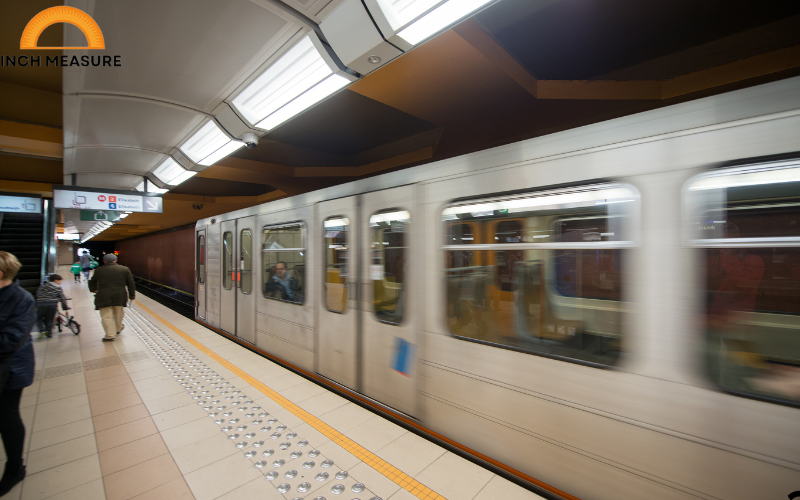
In cities with subway systems, 2 miles often spans multiple stations. In London’s Underground, for instance, 2 miles might cover the distance from King’s Cross to Euston, about 3–4 stops. A subway train traveling at 30–40 mph covers this in 3–5 minutes, including stops. Walking the same distance takes 40 minutes at 3 mph, while cycling takes 8–12 minutes. This distance is significant for commuters deciding between walking, biking, or public transit. For example, in New York, 2 miles might take you from Union Square to Grand Central, a common walking route for fitness enthusiasts. Subways make 2 miles feel short, but walking it reveals the city’s scale. This comparison highlights how 2 miles influences urban mobility, offering options for quick transit or a scenic walk, and shows the efficiency of public transport systems.
7. A Casual Bike Ride

Cycling 2 miles is a popular activity for casual riders, taking 8–12 minutes at 10–15 mph. In a suburban park, this might cover a loop around a lake or a bike path. For example, in Chicago’s Grant Park, 2 miles spans much of the park’s perimeter. Biking burns about 100–150 calories over this distance, making it a fun, low-impact exercise. Electric bikes at 20 mph reduce the time to 6 minutes, appealing to commuters. Terrain affects effort: a flat path is easier than a hilly one. This distance is also common in bike-sharing programs, where users ride 2 miles between docking stations. This comparison shows how 2 miles is an accessible cycling distance, ideal for leisure or short commutes, and emphasizes its role in promoting active, eco-friendly transportation.
8. A Morning Jog

A 2-mile jog is a staple for fitness enthusiasts, often part of a daily routine. At 6 mph (beginner pace), it takes 20 minutes, burning 200–300 calories depending on weight. In a neighborhood, this might cover a loop through local streets or a park. For example, in Los Angeles, 2 miles could take you around Echo Park Lake. Intermediate runners at 8 mph finish in 15 minutes, while elites at 12 mph take 10 minutes. Jogging 2 miles daily improves cardiovascular health and builds endurance. Weather and terrain, like hills or uneven sidewalks, can extend the time. This comparison illustrates how 2 miles is a practical fitness goal, achievable for beginners and challenging for advanced runners, and highlights its role in maintaining a healthy lifestyle.
9. Driving to a Nearby Mall

Driving 2 miles to a shopping mall is a common errand, taking 6–8 minutes at 25 mph with traffic lights. In a suburban area, this might connect a residential zone to a retail hub like a Target or Walmart. For example, in Dallas, 2 miles could take you from a neighborhood to a strip mall. Parking and traffic can add a few minutes, making cycling (8–12 minutes) or walking (40 minutes) competitive alternatives. This distance is short enough to encourage sustainable transport options, like e-scooters (6–8 minutes at 15 mph). Driving burns minimal calories but is convenient for heavy shopping. This comparison shows how 2 miles is a quick trip by car, yet accessible by other means, reflecting its role in suburban convenience and mobility choices.
10. Walking a Dog in the Park
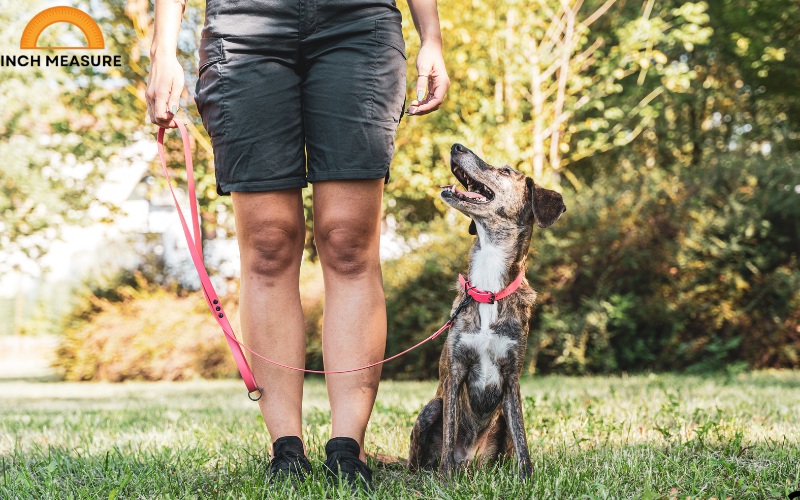
Walking a dog 2 miles is a common outing, taking 40 minutes at 3 mph. In a local park, this might involve a loop around trails or fields, like a 2-mile path in Boston’s Common. This distance allows dogs to exercise while owners burn about 150–200 calories. For active breeds, a 2-mile walk meets daily exercise needs. Terrain, like grass or gravel, may slow the pace to 2.5 mph (48 minutes). In urban areas, this could span several blocks, stopping for traffic or dog breaks. Cycling with a dog on a leash at 10 mph takes 12 minutes but requires caution. This comparison highlights how 2 miles is ideal for pet owners, balancing exercise for both dog and human, and underscores its role in daily pet care routines.
11. A Historical March
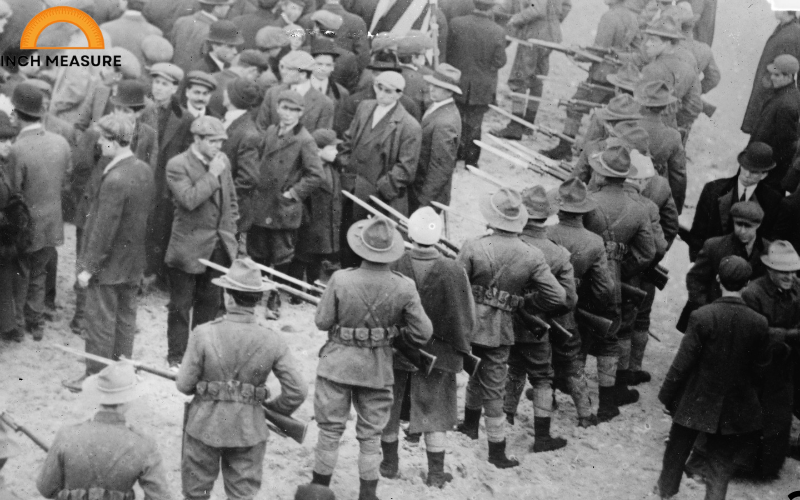
Historically, 2 miles was a significant distance for foot soldiers. In the 19th century, a military march at 3 mph covered 2 miles in 40 minutes, a standard for short movements between camps. For example, during the American Civil War, troops often marched 2 miles to reposition. This distance allowed rest stops while maintaining progress. Modern reenactments or historical walks, like those at Gettysburg, use 2-mile routes to simulate soldier experiences. Walking this distance in period gear feels more strenuous, taking up to 50 minutes on uneven terrain. This comparison connects 2 miles to historical contexts, showing its relevance in military strategy and physical endurance, and offers a tangible link to the past through modern recreations.
12. A Beach Stroll
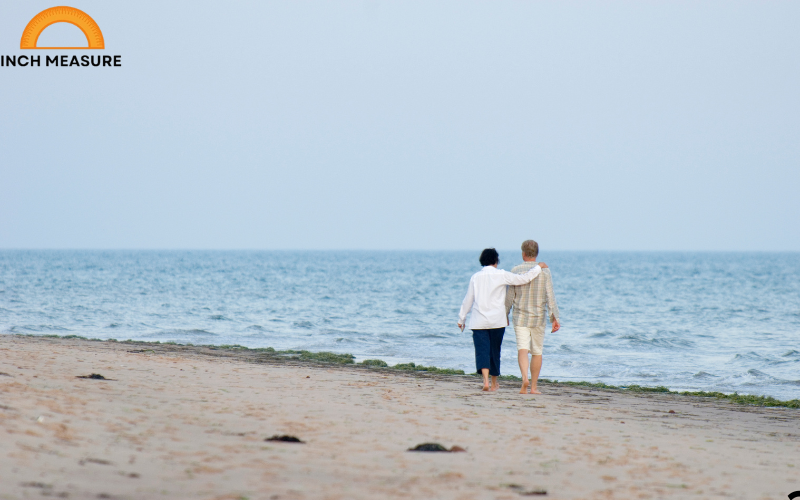
A 2-mile walk along a beach, like Santa Monica in California, takes about 40 minutes at 3 mph. Sand slows the pace to 2–2.5 mph (48–60 minutes) due to resistance, burning 200–250 calories. This distance might span from a pier to a beachfront café, offering scenic views. Running 2 miles on a beach at 6 mph takes 20 minutes but is more intense due to uneven footing. Cycling on a beach boardwalk at 15 mph takes 8 minutes, common in coastal cities. Weather, like wind or tide, affects the experience. This comparison shows how 2 miles is a leisurely yet rewarding distance for coastal walks, enhancing physical and mental well-being, and highlights its appeal in recreational settings.
13. A Rural Road Walk
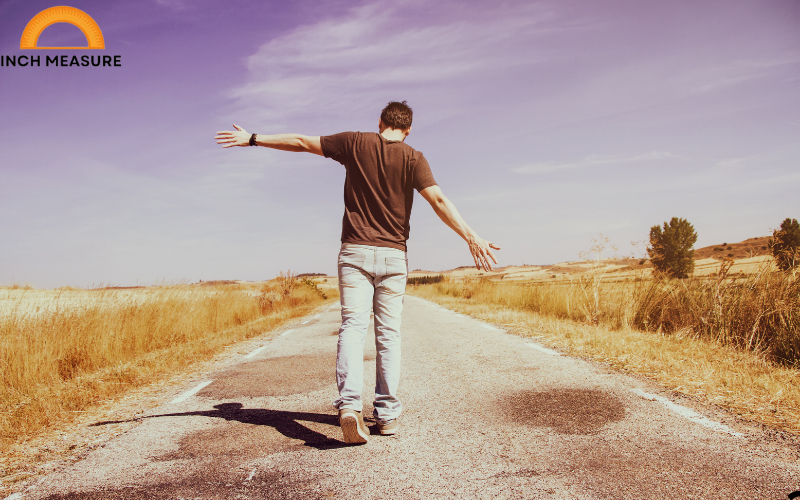
In rural areas, 2 miles might be the distance between farms or landmarks, taking 40 minutes to walk at 3 mph. Dirt roads or fields add challenges, slowing the pace to 2.5 mph (48 minutes). For example, in Iowa, 2 miles could connect a farmhouse to a neighbor’s. Cycling at 10 mph takes 12 minutes, while driving at 40 mph takes 3 minutes. This distance feels longer without urban landmarks, but it’s a common route for rural errands or visits. Walking burns about 150 calories, supporting fitness in open spaces. This comparison illustrates how 2 miles in rural settings emphasizes isolation and self-reliance, contrasting with urban accessibility, and highlights its role in connecting rural communities.
14. A Charity Walk Segment

Charity walks, like those for cancer research, often include 2-mile segments as accessible goals. Walking at 3 mph, participants cover this in 40 minutes, burning 150–200 calories. For example, a 2-mile loop in a city park might be part of a 5K event. Groups walk together, making the distance feel communal. Faster walkers at 4 mph finish in 30 minutes, while families with strollers may take 50 minutes. This distance suits all ages, encouraging participation. Cycling or running 2 miles is less common in these events but takes 8–20 minutes. This comparison shows how 2 miles fosters community engagement, offering an inclusive fitness goal, and underscores its significance in social and charitable contexts.
15. A Quick Bus Ride
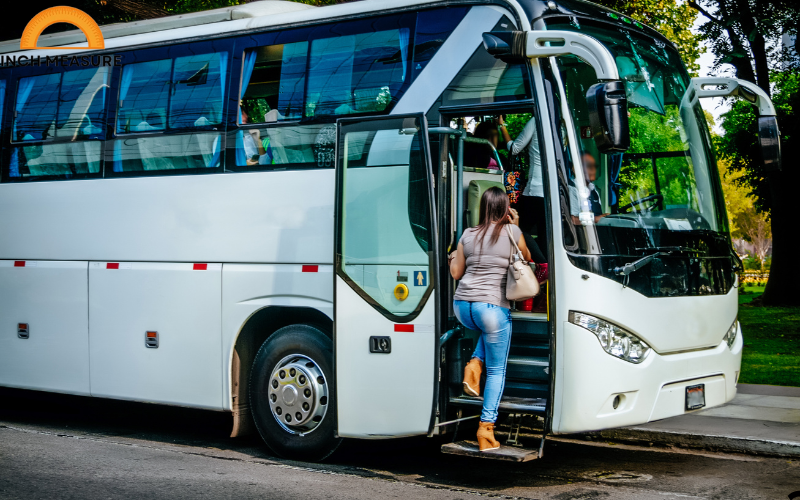
A city bus covering 2 miles, with stops, takes 10–15 minutes, depending on traffic and routes. For example, in San Francisco, 2 miles might span from downtown to a residential area, covering 3–5 stops. Walking this distance takes 40 minutes, while cycling takes 8–12 minutes. Buses make 2 miles feel short, ideal for short commutes or errands. Passengers often combine walking a half-mile to stops, adding 10 minutes. This distance is common for public transit users avoiding car use. This comparison highlights how 2 miles is a practical transit distance, supporting efficient urban mobility, and emphasizes the role of buses in connecting short distances within cities.
Conclusion
See Also: How Tall Is 71 Inches? 10 Common Things That Are 71 Inches Tall/Long/Big
Two miles is a versatile distance, relatable through these 15 comparisons spanning urban, rural, fitness, and historical contexts. Whether walking to school, running a race, or driving to a mall, 2 miles is both manageable and significant. These scenarios, supported by time and calorie estimates, make the distance tangible, showing its role in daily life, exercise, and community activities. By visualizing 2 miles in these familiar settings, you can better appreciate its practical and cultural importance.
Convert Inches to Meters, cm, mm, and Feet
Converted Values:
Meters (m): 1.016
Centimeters (cm): 101.60
Millimeters (mm): 1016.00
Feet (ft): 3.33

